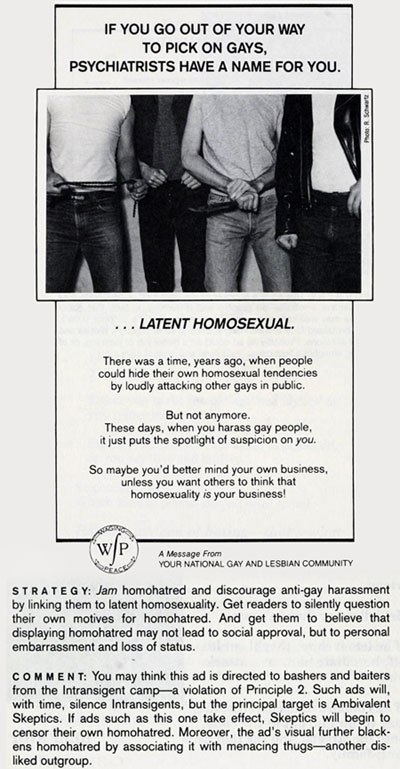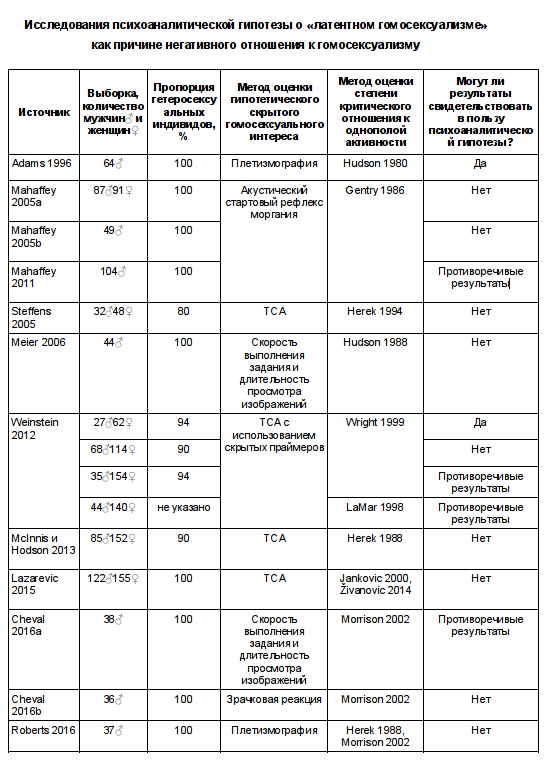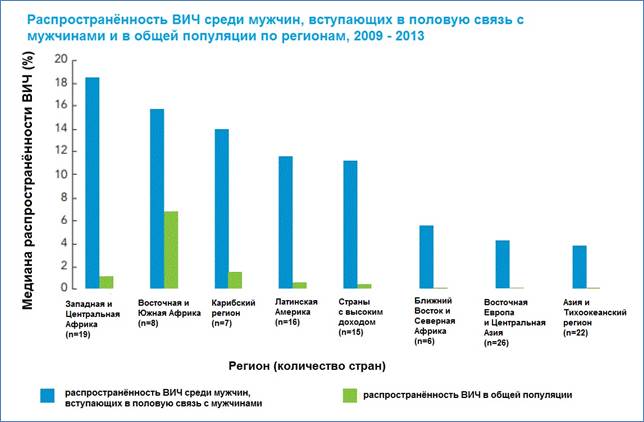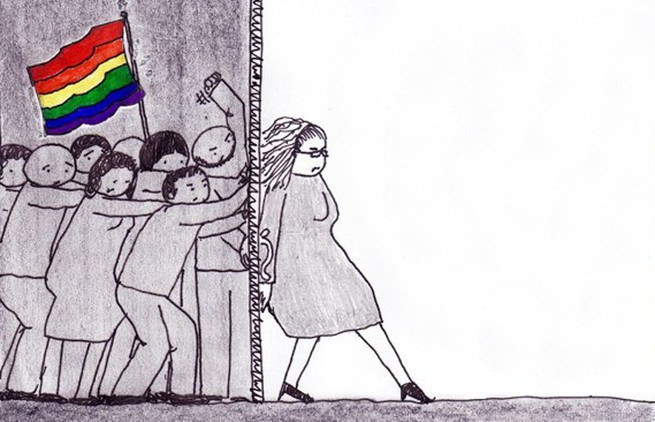The term “homophobia”, coined at the end of the 60 by gay activist George Weinberg, has become an important tool in the political rhetoric of LGBT activists and their allies.
The debut of the term took place in the American pornographic tabloid “Screw” from 23 on May 1969, where it meant the fear of heterosexual men that they might be mistaken for homosexuals. Three years later, Weinberg in his book, Society and a Healthy Homosexual, defined homophobia as “Fear of homosexuals, which is apparently associated with the fear of infection and depreciation of the home and family”. He described it as a medical phobia.
Two gay activists from Harvard wrote in a homosexuality propaganda technique:
And while the term “homohatred” would be more accurate, “homophobia” works better rhetorically because it sounds less offensive to straight people and suggests, in a quasi-clinical way, that anti-gay feelings are related to one’s own unhealthy psychological dysfunctions and insecurities. (After The Ball, p.221)
Psychology professor and researcher Gregory Herek notes that Weinberg’s intention to bring “homophobia” closer to the field of pathology was political, not theoretical. affirm and developers gay propaganda from Harvard University:
The authors of the book "Emotional, Physical and Sexual Abuse"Claim:
Greek suffix "phobia"Implies unpleasant physiological and psychological reactions, and the criteria for a clinical diagnosis of phobia include excessive, irrational, inappropriate and constant fear of an object or circumstance, and a subsequent desire to distance oneself from it. The term “homophobia” does not meet these criteria because:
(a) people with anti-homosexual attitudes consider their negative reactions to lesbians and homosexuals to be normal and justified;
(b) unlike real phobias, “homophobia” does not necessarily endanger the social functioning of people with anti-homosexual attitudes;
(c) “homophobes” do not experience psychological suffering from their negative attitudes and do not feel the need to get rid of them;
(d) in phobias, avoidance of situations or objects is associated with their fear, while in “homophobes” avoidance is associated not with fear, but with active disgust and can be combined with aggression.
Thus, the term “homophobia” is not adequate and justified, since it focuses mainly on individual cases, neglecting the cultural component and the social roots of intolerance. ⁽²⁾
Scientific publications use a more precise term, “homonegativism,” to describe a negative attitude toward homosexuality, but for well-known reasons, it did not take root in everyday speech.
Some representatives of the homosexual community created the so-called “psychoanalytic hypothesis” to explain “homophobia”, according to which the suppressed homosexual tendencies of the individual under the influence of the protective mechanism of “reactive formation” turn into hostility. The authorship of this hypothesis does not belong to Freud, as it is mistakenly believed, but to the British forensic scientist and homosexual Donald West, who in 1977 called it "latent homosexuality." Gay activists immediately began using the accusation of “latent homosexuality” in their rhetoric to confuse their opponents.
The aforementioned book of Harvard gay activists, which describes methods of changing the attitude of society towards homosexuality, provides an example of social advertising for the LGBT community on the topic of “latent homosexuality” with an explanation of the strategy:

If you find it hard to find fault with gays, then psychiatrists have a definition for you ... latent homosexual.
Many years ago, there was a time when people could mask their homosexual inclinations, loudly attacking other gays. But that time has passed. Now, by oppressing gays, you bring suspicions to yourself. So you better go about your business so that others do not think that your business is homosexuality!
STRATEGY: Stifle homophobia and discourage the pursuit of gays, linking this to latent homosexuality. Make readers silently doubt their own motives for homophobia. Make them believe that manifestation of homophobia can lead not to public approval, but to personal embarrassment and loss of status.
PURPORT One might think that this announcement is aimed at thugs and bullies from the camp of irreconcilable enemies. Such announcements will make them calm down over time, but the main goal here is undecided skeptics. If such advertising proves effective, skeptics will begin to censor their homophobia. Moreover, the visual image of the ad continues to denigrate homophobia, linking it to threatening bandits - another unpopular group of outsiders.
Naturally, this hypothesis has no scientific basis and is only a product of inflamed fantasy, adopted by the demagogues. Only in 1996 was the first attempt to link “homophobia” with “latent homosexuality” empirically made, however, the results of the study were contradictory, and a dozen subsequent studies left no doubt about the failure of the “psychoanalytic hypothesis”.
We will only analyze Henry Adams’s study, which at one time made a lot of pretentious headlines in the media. Adams demonstrated pornographic videos of a heterosexual and homosexual nature to two groups of men, conditionally defined as “homophobes” and “inhomophobes”. Their physiological responses to sexual stimuli were measured using penile plethysmography (the readings of which, incidentally, are considered unreliable and are not accepted in court). A certain erectile reaction to male homosexual plots was observed in 54% in the group of “homophobes”, and in 24% in the group of “non-homophobes”. Adams believes that these data are consistent with the psychoanalytic hypothesis, but at the same time notes that positive phallometric indicators when viewing homosexual stimuli do not necessarily indicate latent homosexuality, since it is known that anxiety and negative emotions increase excitement and blood flow to various parts of the body, including the penis. ⁽³⁾ In studies of the Munich Psychiatry Center, for example, an erectile reaction to various completely non-erotic episodes, including agony RP G convulsions of a dying dog, was observed in 45% (!) participants. Thus, changes in the blood supply to the genitals can occur from a sense of threat and other experiences not related to sexual arousal. Since "homophobic" men, homosexual pornography is most likely to cause negative emotions, then their increased erectile reaction will be more predictable. Adams also notes that erection rates in the “homophobic” group were low and not particularly different from the group of “non-homophobes”, and indicates the need for further research with more reliable methods that include cognitive, affective and behavioral components. Such studies were conducted in the future, but their results did not support the psychoanalytic hypothesis of homonegativism .

Behavioral Immune System
Negative attitude towards homosexuality is easily explained Behavioral Immune System - UNTIL (The behavioral immune system). This system is a set of reactions based on a sense of disgust, whose goal is to protect the individual from potential sources of infection. So, we instinctively feel disgust from groomed people, try to stay away from body excretions, rot and the like. Abnormality in behavior and appearance can also be a sign of pathology.
The existence of a behavioral immune system has been reported in many animal species. If some individual in the pack suddenly begins to exhibit inferior and atypical behavior, then the relatives begin to shun it, as this can be caused by a contagious infection. Such an individual expects alienation, expulsion, or even reprisal.
Individuals belonging to unfamiliar groups that differ in appearance and exhibit unusual patterns of behavior are perceived as more likely carriers of pathogens. Upon recognition of such individuals, the behavioral immune system is activated and instinctive aversion is awakened.
Some sexual intercourse and potential sexual partners also cause disgust. Since sexual contact is often associated with a risk of infection, those types of contacts that can only expose an individual to pathogens without promising any reproductive success cause sexual aversion and hostility.
Here is an example from my own experience that convincingly demonstrates the inherent nature of the behavioral immune system. About 10 years ago, in a Western music forum, a homosexual from Germany posted a comic music video with a love message to another heterosexual participant. Everyone made fun of it, and the 15-year-old teenager from India, who had never heard of homosexuality, could not understand what it was about. When I, without going into details, explained to him that there are such men who prefer other men to women, his first reaction was: “Fu, but this is disgusting!” Please note that this reaction was not due to any prejudices or previous negative attitude of others, and proceeded precisely from some immanent inner sensation.
Studies have shown that disgust is a key component of a negative attitude not only to homosexuality, but also to LGBT ideology itself, which is intuitively perceived as a threat of infection (both infectious and moral), transmitted like viruses. This intuitive fear is not without grounds. Famous actress Irina Alferova says:
It is not true that they do not affect normal people. When I studied at GITIS, our teacher was gay. A very famous person. People came to him from all over Russia to study, there were many boys from simple peasant families — normal men. By the end of the course, the entire course turned blue.
And although gay activists with foam at the mouth will argue that “Orientation is unchanged and no one can be made homosexual”, not only worldly wisdom, but also scientific research prove the opposite. A Dutch researcher describes cases in which heterosexual men have become completely homosexual as a result of seduction.
American Lesbian Activist Professor Camilla Paglia in her book Vamps & Tramps writes the following:
It’s ridiculous to say that a gay is only interested in other gays and will never make eyes straight in the showers. When I heard this on TV, I almost burst out laughing. Everyone who goes to the fitness club knows this well. Sexual tension and evaluative views are constants, especially among gay people who never stop trying to “take off” everyone in their field of vision. Seduction of straight people is one of the most erotic motives in gay porn.
According to the research center YouGov “Absolute heterosexuals” among Britons between the ages of 18 and 24 are half as much as among older people (46% compared to 88%). This age gap in sexual self-identification is a direct result of homosexual propaganda of recent decades, which is aimed mainly at young people.

A study by the London Center for Hygiene and Tropical Medicine provides a list of infectious diseases that cause an aversion reaction, including AIDS, syphilis and hepatitis. These are the diseases are associated with a homosexual lifestyle.

Thus, aversion to homosexuality is a natural biological mechanism that protects a person and society from disease and moral decline. At the stage of the transition of human society to a social form, the functions of disgust spread to the social level, which was manifested in the censure of antisocial behavior and ostracism of violators of social norms. Propaganda of tolerant attitude towards perverse practices and the communities that apply them, seek to suppress the work of this natural mechanism.
Who does this and why - the topic another article.
Literature
- Beyond “Homophobia”: Thinking About Sexual Prejudice and Stigma in the Twenty-First Century. Gregory M. Herek
- Emotional, Physical and Sexual Abuse (en-gb) / Giovanni Corona, Emmanuele A. Jannini, Mario Maggi. - 2014. - DOI: 10.1007 / 978-3-319-06787-2
- Anxiety Increases Sexual Arousal David H. Barlow, David K. Sakheim, and J. Gayle Beck Center for Stress and Anxiety Disorders State University of New York at Albany
- Henry E. Adams, Lester W. Wright Jr., and Bethany A. Lohr. Is homophobia associated with homosexual arousal? // Journal of Abnormal Psychology, 1996 No. 105 (3), C. 440 — 445.
- Homosexuality and Pro-Gay Ideology as Pathogens? Gabrielle Filip-Crawford and Steven L. Neuberg, 2016
- Disgust: Evolved function and structure. Tybur JM, 2013
- Can seduction make straight men gay? Herman Meijer, 1993
- Why disgust matters, Valerie Curtis, 2011
- Body, Psyche, and Culture: The Relationship between Disgust and Morality. Jonathan Haidt et al. Xnumx
